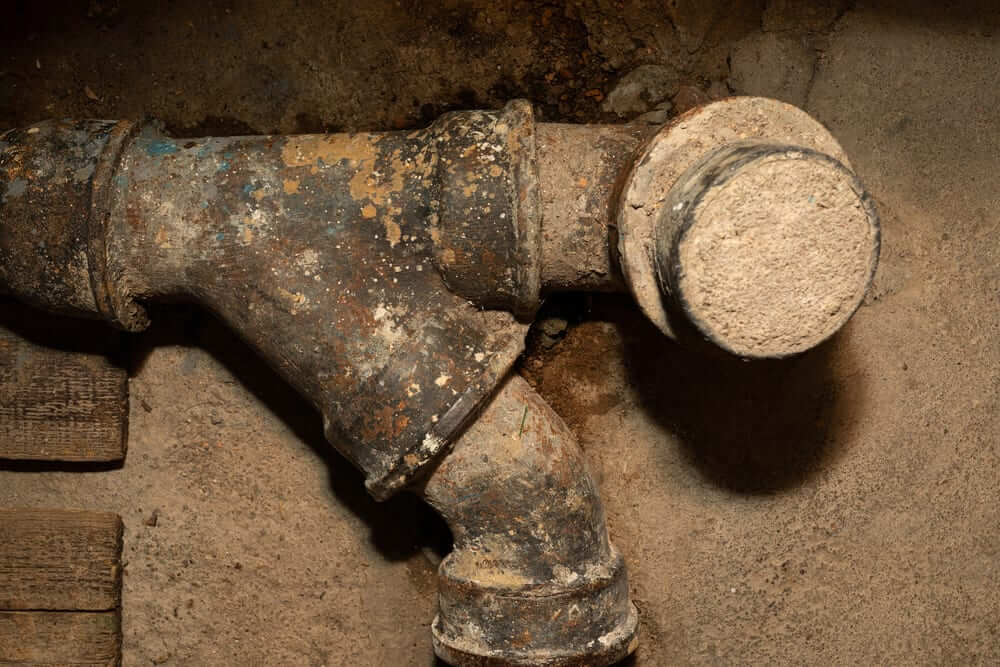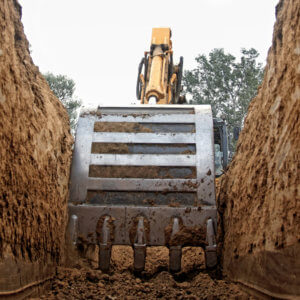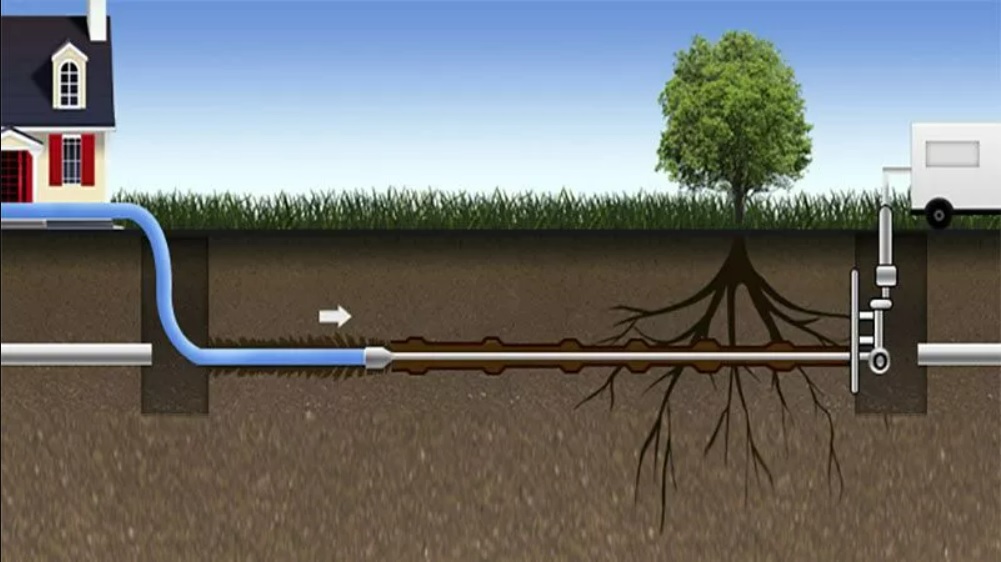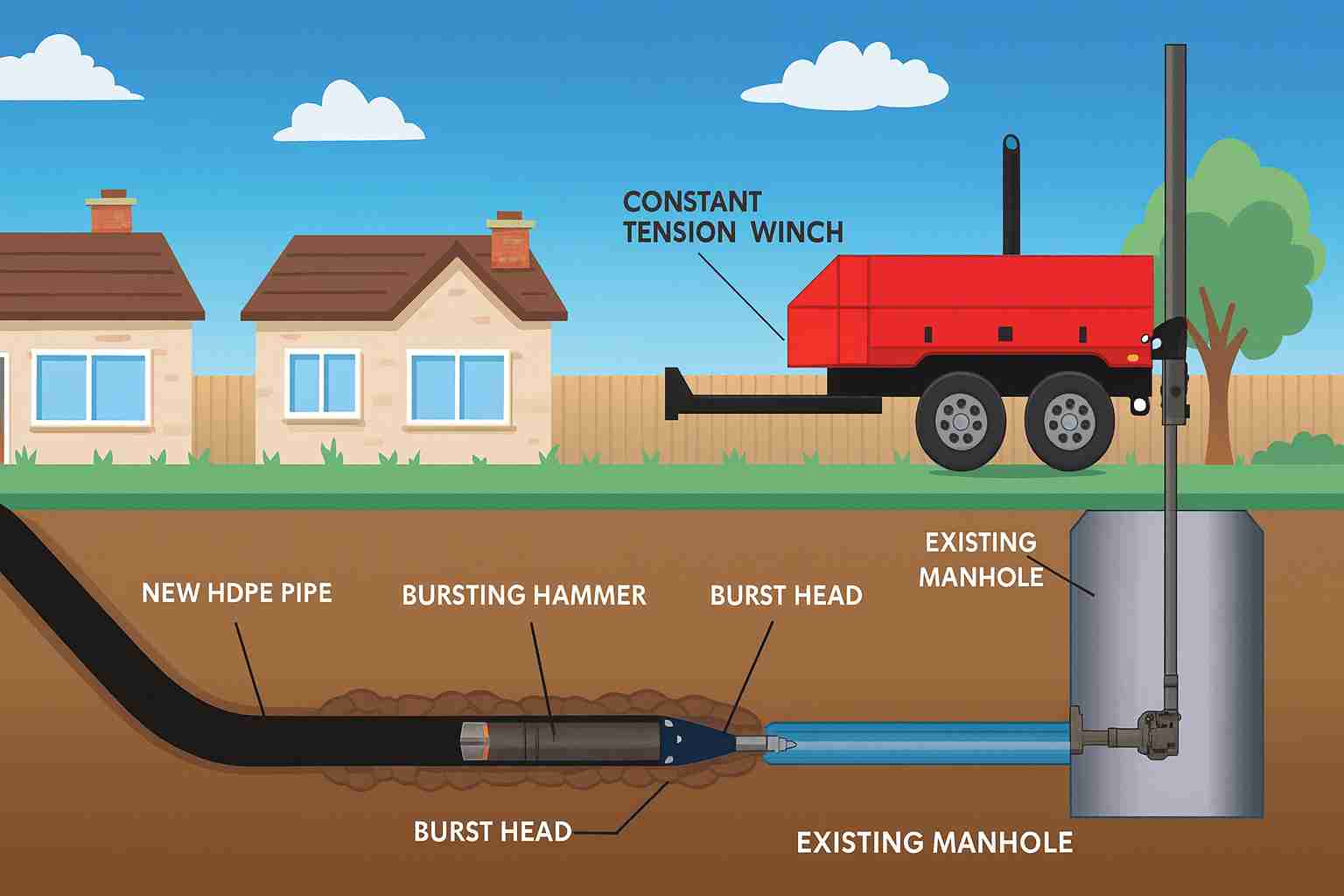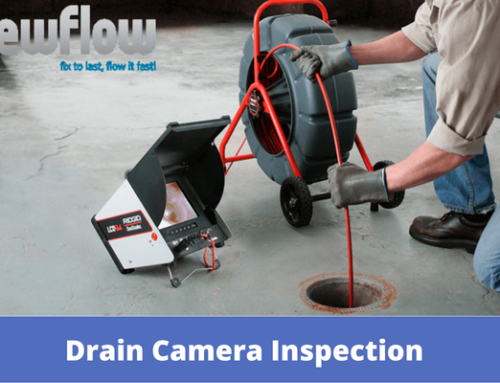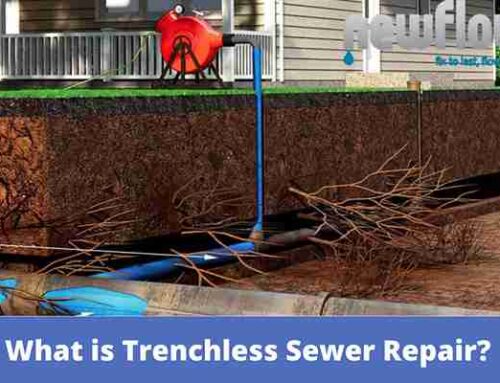Do you want to know how to repair cast-iron pipe? Does every solution you found so far involve tearing up floors, destroying driveways, or trenching through your yard? This article will set you up with how to repair cast iron pipe with little to no damage. First, you learn how to identify the signs you need repair, followed by how cast iron pipes used to be repaired, and how plumbers fix them today.
Signs You Might Need Cast Iron Pipe Repair
Most homes built before the 1970s are equipped with cast iron pipe. Their blackish-brown color and hard material help identify them. Cast-iron drain pipes are strong, but nature has a way of breaking things down over time. They are supposed to have a life-use of around 50 to 100 years, but unavoidable circumstances affect the material’s longevity. Signs you might have a problem include,
Constant Backups
If you have backups in all of your toilets, sinks, and showers, the cast iron sewer pipe (which connects all of them) is probably faulty.
Sewer Odor
If you can smell sewage in your house, you can be confident that your cast iron pipe is damaged. That foul smell will ruin your home’s ambiance.
Slow Drains
A slow drain is a clear sign that something is wrong with your cast iron pipe. We can determine if the problem is just a blockage or actual damage to the pipe with a simple CCTV sewer camera inspection.
Unnatural Yard Growth
If sewage is leaking from a pipe into your yard, you are going to see a few telltale signs. For one, the grass in certain areas will seem suspiciously luscious. Sewage acts as a fertilizer for your grass, making it grow faster in affected areas. You may also notice dips and valleys forming due to the soil dissipating under the grass.
Foundation Issues
When a drain pipe leaks sewage, the excess water will cause the soil to expand and shrink (if the foundation was built on top of expansive soil) causing your foundation to shift.
Insects or Rodents
If a drain pipe is damaged, rats, mice, sewer flies, cockroaches, or palmetto bugs can enter your home. Calling pest control may eliminate the current invaders, but the pipe is still cracked, and they will come back.
Tree Roots
Older trees on your property are bound to have long, invasive roots. They seek out nutrients, sensing pipes flowing with waste or water. The roots attack the joints where the lines are their weakest. Once they’re inside, they drink and drink until the roots clog up your pipes.
Check out more about: How to remove tree roots using hydro-jetting

How They Used To Repair Cast Iron Drain Pipes
Not so long ago, cast iron pipes, and all sewer lines, for that matter, were repaired using tedious and destructive methods. If builders laid a pipe underneath concrete, it had to be chipped away with jackhammers or picks. If your line ran under your driveway, that would mean pavement, asphalt, or brick had to be broken apart.
Let’s not forget inside your kitchen or bedroom. Now you’re looking at wood flooring being torn up, tile cracked open, and carpet being ripped out of your home.
How To Repair Cast Iron Pipe With Minimal Damage
Pipe Lining (Trenchless)
A unique, epoxy-impregnated liner is inserted into the old pipe, inflates, and creates a new pipe structure directly inside the old one. Pipe lining can be considered replacement or repair depending on whether the whole pipe length will be lined or just a section.
If only a section of pipe (aka a spot repair) is lined, it is considered a repair. If you line the whole pipe from start to finish, it is basically like getting a brand new pipe installed (aka replacement).
Pipe Bursting (Trenchless)
Pipe bursting is where a new HDPE (high-density polyethylene) pipe is attached to a winch with a cone-shaped bursting head and pulled through the damaged line. The damaged pipe breaks apart as the new one takes its place.
Note: Sometimes, a drain pipe is so severely damaged that no trenchless method is viable. Plumbers cannot use trenchless technology on pipes that are back-pitched, which means that the original contractors failed to use the proper slope for your sewer line to your city connection. If the pipe has collapsed onto itself, you will have to go the conventional trenching route.
Read also: How to repair a sewer drain
Cost
Trenchless sewer repair can cost anywhere between $4,000-$15,000 for the average single-family home. Jobs range from a few feet of repair to hundreds of feet, changing the pricing per amount of needed work. There will always be a base cost starting at permits, contractor mobilization, project minimums, and then prices move on from there.
Conventional sewer repair, on average, costs $50 to $450 per linear foot. The price to install brand new pipes throughout your home or yard could run to $15,000 because of all the extensive work, such as trenching and excavation. Conventional sewer repair quotes will be lower than trenchless, but they don’t include the cost to clean up the mess and repair the property damage.
Who Can Repair Cast Iron Pipe Near You
If you suspect damage in your cast iron pipes, it’s best to call a professional plumber who specializes in trenchless sewer repair. These experts can inspect your lines with a CCTV sewer camera, locate the problem without digging, and recommend the most effective repair method.
For reliable, minimally invasive solutions, many homeowners trust New Flow Plumbing. They provide free sewer inspections, detailed repair estimates, and advanced options like pipe lining and pipe bursting to restore your plumbing system without tearing up floors or landscaping. Whatever the issue, New Flow Plumbing can quickly get your sewer lines running smoothly again.
FAQs

Arman Grigoryan
Founder & President of New Flow Plumbing
Arman Grigoryan is the founder and president of New Flow Plumbing, proudly serving Los Angeles, Sacramento, and surrounding areas. With extensive experience in plumbing diagnostics, he leads a skilled team specializing in advanced sewer and drain camera inspections to quickly identify problems and deliver lasting solutions. Arman is dedicated to using the latest technology to provide reliable service, honest answers, and dependable results for every customer.

